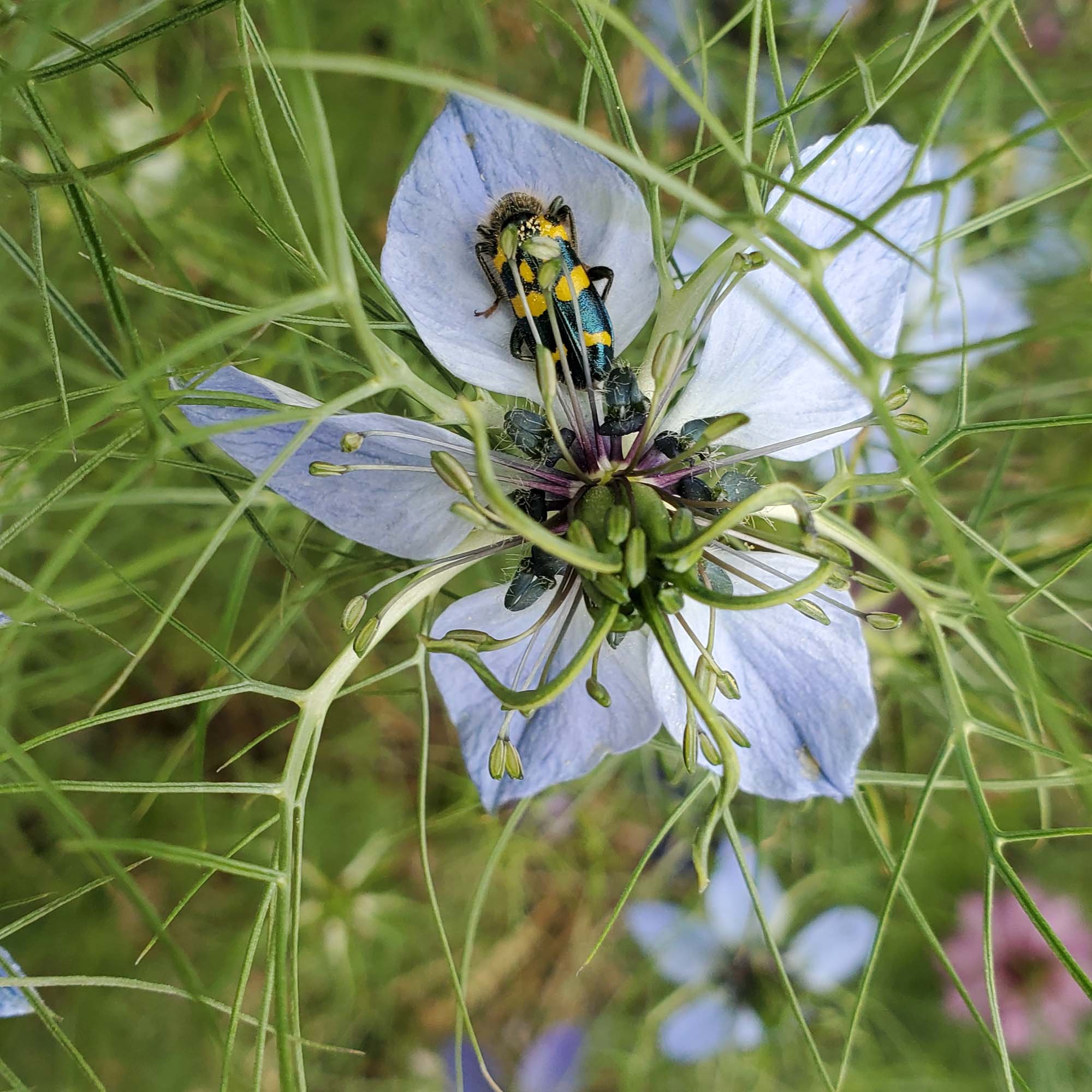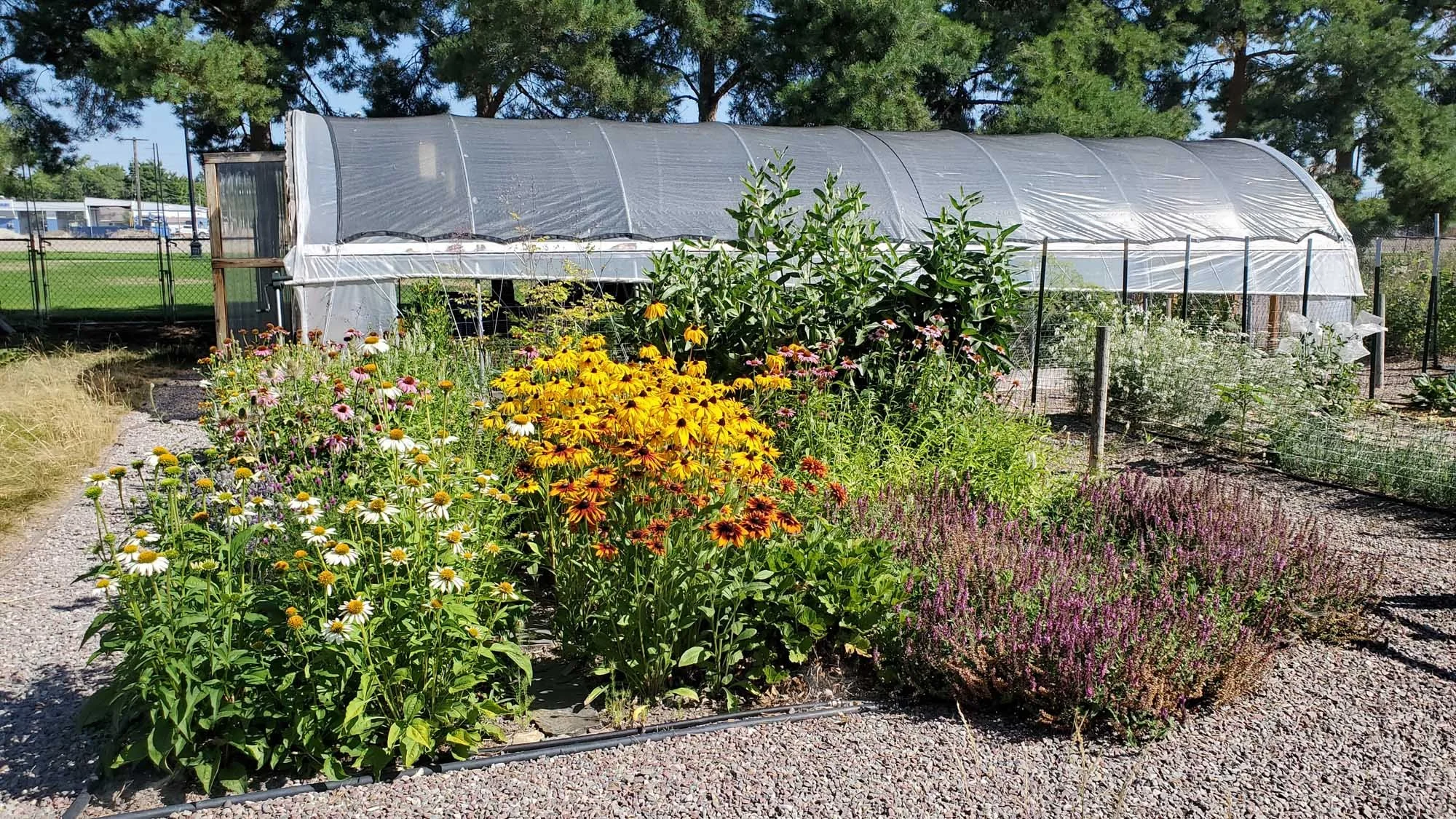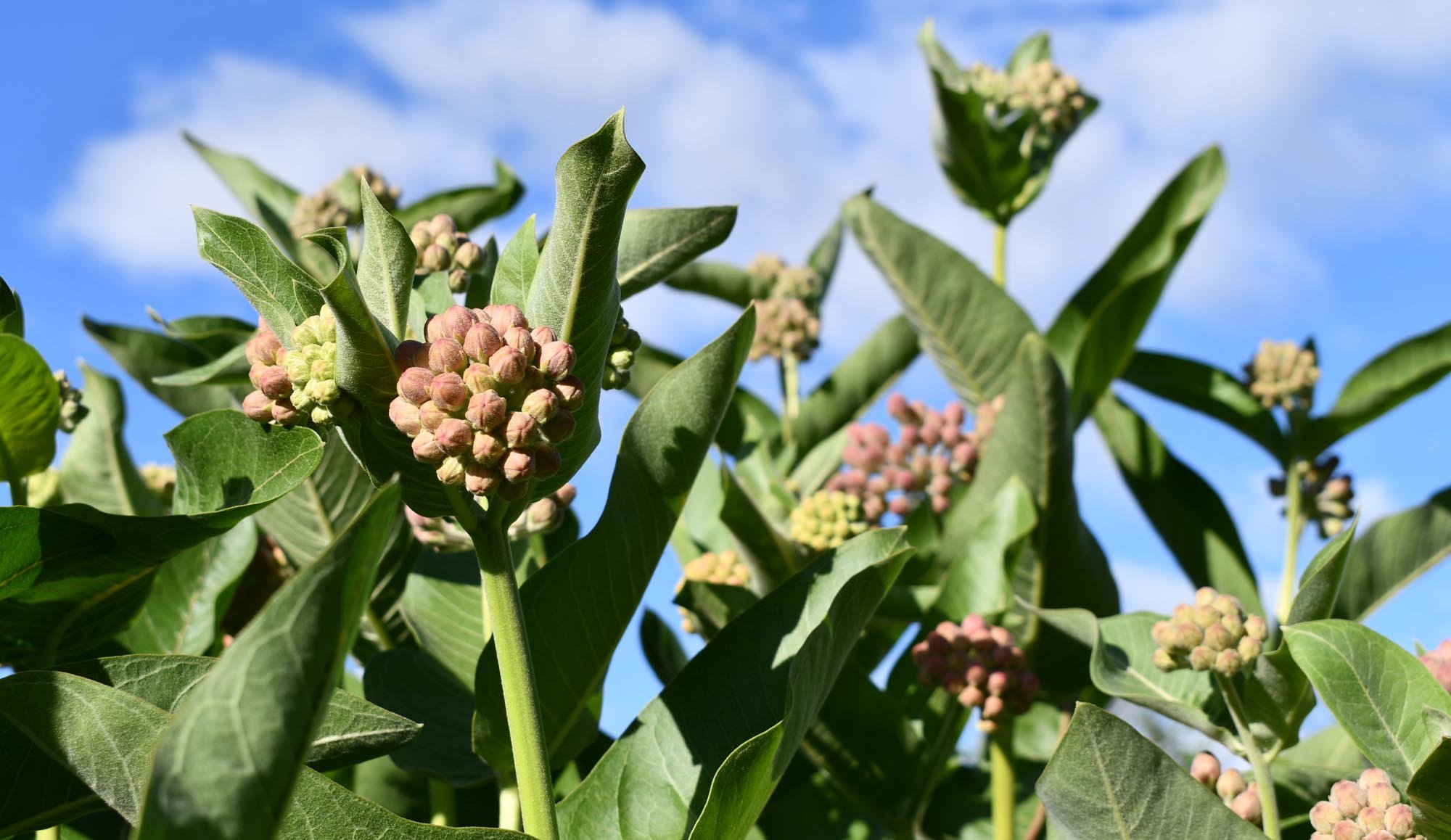Growing Season Reflections: 2023
/Boring. Predictable. Uninteresting. Flower farming is none of those things.
But I love that about flower farming. Every season is different, and there’s always more to learn.
The past few years I’ve been shifting my focus away from trying to grow and sell as many flowers as possible, because that was stressful and exhausting. Now I’m following my curiosity and trying to develop a backyard ecosystem that works as a business and also provides food and habitat for local insects, birds and all the organisms that live in the soil. This isn’t a quick project or an easy learning curve! I’ll be working on this for years to come.
I’ve also transitioned away from managing multiple sales channels in the summer (wholesale, subscriptions, retail, weddings, etc). Currently the business is centered around weddings and events. That means I can focus on growing quality flowers, providing excellent service for a smaller number of clients, and leaving plenty of flowers unharvested for the bees and other creatures to enjoy.
In no particular order, here are a handful of observations and reflections from the 2023 growing season:
Leaving flowers unharvested is key for pollinators and diversity.
My growing space is small (less than 1/4 acre), but growing a wide variety of flowers means there’s something in bloom constantly, from spring to fall. Now that I don’t need to harvest and sell every stem, I’ve noticed so many more insects. The past two summers I’ve identified insects I had never seen before. Many of them are pollinators, but there are predators as well. There are also a variety of birds, bats and countless tiny creatures that live in the soil.
Ornate checkered beetles eat flower pollen
A woodland skipper butterfly in early August
I’ve stopped labeling insects as “good” or “bad.”
In gardening and farming circles, words like “pest” and “infestation” are really common. Thinking of certain insects in this way, and reacting aggressively to aphids or earwigs or even an unknown insect, was a habit I had to break. I’ve gradually observed how each insect has a role in the garden, whether or not I understand it. I’ve learned to be curious first and take action later.
There have been many times when I’ve identified a predator insect near a potential problem insect. Usually things run their course. Sometimes I can prevent a problem (covering dahlia buds with organza bags to keep the earwigs and grasshoppers from nibbling the blooms) and sometimes a few flowers or plants just get eaten.
Diversity of plants is essential.
Because my growing space is small, and I like to experiment and grow a little of everything, I’ve always had lots of variety in the garden and throughout the yard: herbs, vegetables, annual and perennial flowers, and landscaped perimeter areas with shrubs, trees, ground covers, bulbs and native plants.
Lately I’ve learned more about why it’s so important to have plant diversity, especially native plants. It would take me paragraphs to explain in detail, so here’s the quick explanation: for the pollinators! And for other insects, and birds, and soil, and all of nature really (which includes humans). For more, here are some organizations and books I’ve found helpful:
“Nature’s Best Hope: A New Approach to Conservation That Starts in Your Yard” by Douglas Tallamy
Diversity + beauty
This small plot includes more than a dozen different perennial flowers, with something in bloom from late spring through early fall.
I’ve stopped fertilizing.
Well, there’s some nuance to this one, but I’ve stopped applying liquid fertilizers in the garden. For the first few years I grew flowers, I didn’t use liquid fertilizers once the plants were in the ground. Occasionally I would add organic granulated fertilizer at planting. And we’d done soil tests, so I knew our base levels. But as I read more about what other professional flower farmers were doing and recommending, I started using organic liquid fertilizer every week or two. After all, I needed lots of flowers every week! I tracked yields and built enterprise budgets to review costs and outcomes, but I honestly can’t say whether the fertilizer led to more stems in the long run. I do know, however, that I had more problems with insects and disease during those years of frequent fertilizing.
Thanks in part to The No-Till Flowers Podcast, I learned more about plant health and plant stress, soil health, and why insects might attack certain plants. As an experiment, this year I tried a different approach: no liquid fertilizer in the garden, only a sprinkle of organic granulated fertilizer at planting, applications of compost tea with molasses and kelp a handful of times throughout the summer, organic foliar spray on select crops, and extra attention to feeding the soil in other ways (see the next section).
I can’t say whether this year’s successes were due entirely to my change in approach, because obviously I don’t control nature, but overall the plants seemed happier and there was less damage from insects.
In early summer, the distinction between perennials (foreground) and annuals (mostly bare soil) is dramatic
Everything starts with the soil.
This could be an entire post on its own, but I’ll try to keep it concise. Soil health is everything. I don’t have any special education or training in soil science, so I’m learning along the way. That means lots of reading, note taking, observations and reflection. A few things I’m prioritizing for the soil:
Adding mulch (wood chips, straw, plant matter, fall leaves, etc). Last year I bought a small electric mulcher so I can make my own mulch from our tree and shrub trimmings. Mulch keeps the soil moist, helps direct-sown seeds germinate, makes weeding easier and adds nutrients as it breaks down.
Removing landscape fabric gradually. We started out using landscape fabric on about half of our rows. But now I’m removing it, a few rows each year. Landscape fabric makes some things easier (plant spacing, weed control) but it doesn’t do much good for the soil. As it breaks down, the layers separate, leaving fuzzy plastic debris mixed in the soil. It also affects soil temperature and can make the soil more compact (already an issue with our heavy clay soil).
Trying not to disturb the soil. In the early years we tilled, since our growing space used to be a weedy lawn. In recent years we stopped tilling, but I would broadfork most rows once or twice a year. But now I’m trying to disturb the soil even less, only digging to plant or transplant, or broadforking if an area is super compacted.
Using cover crops strategically. More about that in my post “Cover Crops on a Micro Flower Farm.”
Watering differently. Also thanks to The No-Till Flowers Podcast, I tested pulse watering this summer, with great results. The soil stayed more consistently moist, and there was less runoff and less cracking (both issues with our heavy clay soil).
Food for insects
This asclepias speciosa (showy milkweed) is a preferred food for monarch butterflies.
My flower selection process has changed.
This is a big one! Based on all the things I’ve already mentioned, I’m now thinking differently about what I grow. Instead of just buying the cool new seeds, lusting after the latest trendy flower, or trying to collect every dahlia (not even possible), I’m shifting my priorities. In brief:
Perennials over annuals. I’ve always grown perennials, but every year I love them more. They require less labor, they grow faster in the spring and are better able to handle extreme weather, they shade and protect the soil, they bloom when conditions are right and they often spread over time.
Some flowers are just for the bees, butterflies or birds. I’m not cutting every flower. If the bees are loving something, I’ll leave more stems for them. And some flowers I don’t cut at all. I’m growing asclepias speciosa (showy milkweed) purely for the monarch butterflies to enjoy and for its fascinating blooms. I always grow some sunflowers but rarely cut them all, and this year I left a patch standing and noticed how many birds have been feasting on the seeds.
Size doesn’t really matter. When designing for weddings, I’ve become more flexible in what I consider a focal flower. Most of my clients want a wildflower style, which means lots of variety and color, a mix of seasonal flowers, and not necessarily large blooms.
More native flowers. When buying seeds, I’m looking to add more plants that are native to Flathead County, or to Montana, or at least to the US. I’m now avoiding plants that are listed as invasive anywhere in the US. Is that a bit extreme? Maybe, but I don’t see any reason to grow something that has future potential to become invasive in my area. And I’m done fussing over flowers that just hate my Montana climate. Of course I’m still growing plenty of things that are not native, but the ratios are shifting. One resource that I use is the Biota of North America Program’s (BONAP) Plant Atlas. I use this to cross-reference the genus and species to see a plant’s status in my county. It’s good to use another source to confirm, because every state has its own invasive species lists, and also because scientific names sometimes change but not all sources update the names at the same time.
I keep coming back to curiosity.
Curiosity always brings me back to the right mindset – for growing flowers, designing weddings, planning my seasons, working with clients, managing employees and running a business. I’m always learning and changing my mind, and I’m rarely bored. Every summer I get to experiment and take notes, and every winter I get to dream and plan all over again. Wherever I am, whether I’m in the midst of a long sweaty summer day or deep in a cloudy frigid winter month, it always helps to ask myself: What if? Why that? Aha! Yes, curiosity.





